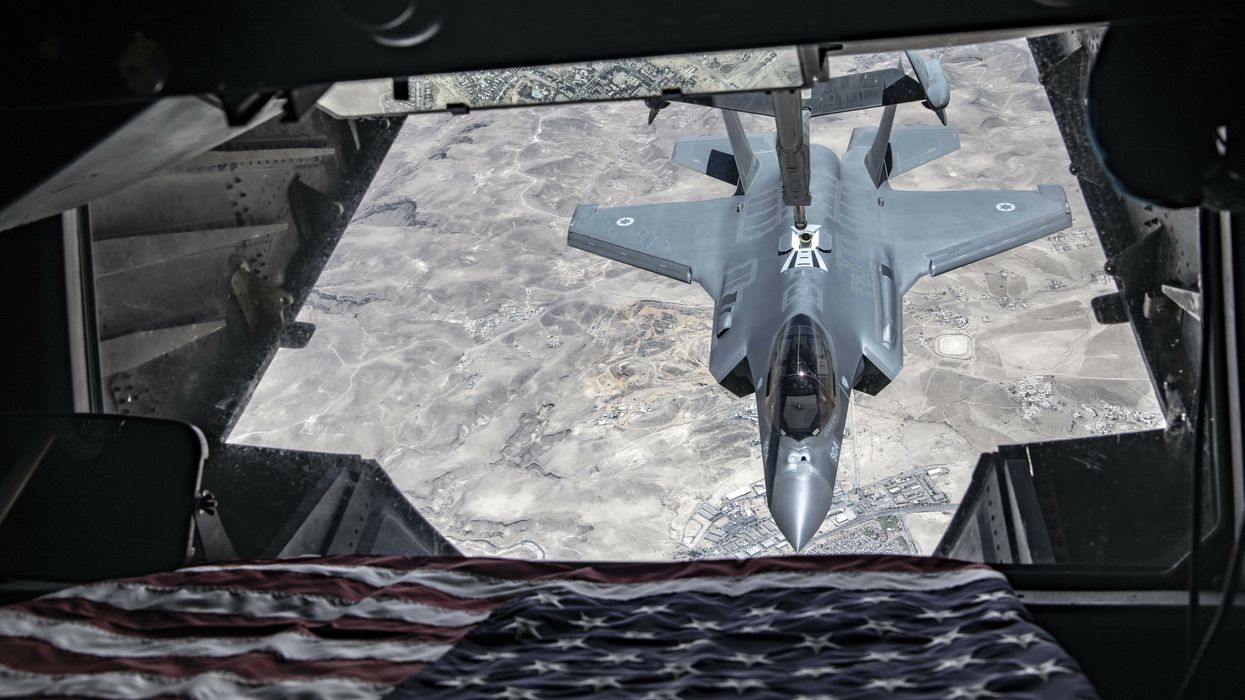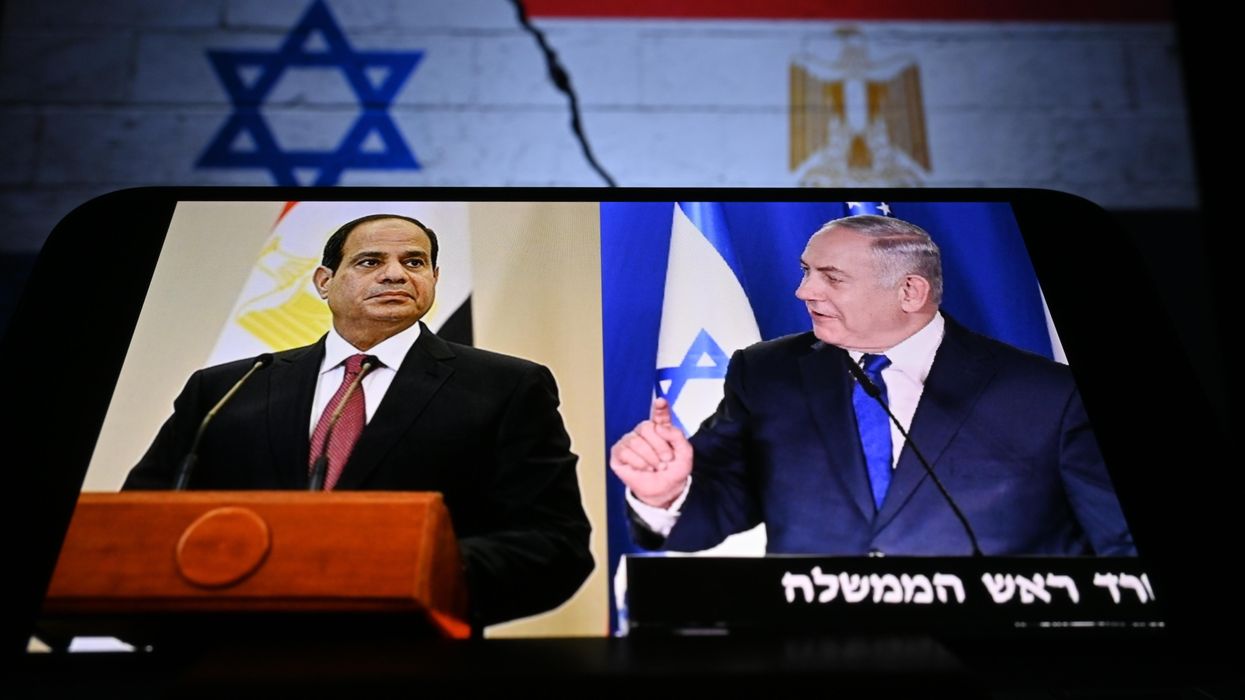The world’s nuclear order was essentially designed to mitigate nuclear dangers, to inhibit arms races, to prevent the spread of nuclear weapons to additional states and, more importantly, to create conditions for their elimination.
At the heart of this nuclear order lies the 1968 Treaty on the Non-Proliferation of Nuclear Weapons, which remains until today, for better or worse, the cornerstone of the global nuclear disarmament and nonproliferation regime.
However, February 24, 2022 marked a critical and deeply disturbing challenge to the current NPT regime and the fragile global nuclear order with the Russian invasion of Ukraine. This ruthless act of war violated Article 2(4) of the United Nations Charter, which prohibits the use of force against the territorial integrity of another state. It also deepened the breach in the 1994 Budapest Memorandum on Security Assurances, in which Kyiv committed to give up the nuclear weapons it inherited from the Soviet era in exchange for security assurances by the United States, the United Kingdom, and Russia against the use of force that would potentially compromise Ukraine’s territorial integrity and political independence. Moscow had already grossly violated these assurances in 2014 when it occupied Crimea and Donbass.
That event in itself inflicted a major wound on the nuclear order, which had already been under severe and growing pressure. Besides the violation of the Budapest Memorandum, the post-Cold War era saw the spread of nuclear weapons (horizontal proliferation) to at least three states: India, Pakistan, and North Korea. Like Israel, India, and Pakistan, of course, had never signed the NPT, but North Korea, which had been an NPT member since 1985, announced its withdrawal from the treaty in 2003 and became a state in possession of nuclear weapons as of 2006 when it tested its first device.
Moreover, despite progress in reducing nuclear weapon arsenals since the Cold War, the number of warheads in global military stockpiles has been increasing once again. While the United States is still reducing its nuclear stockpile and France and Israel have relatively stable inventories, China, India, North Korea, Pakistan, and the UK, as well as possibly Russia, are all thought to be increasing their nuclear inventory (vertical proliferation). Thus, the NPT regime has not prevented nuclear proliferation in the post-Cold War era.
Second, states such as North Korea and Iran appear to have learned the lessons from regimes, notably in Iraq and Libya, which give up their nuclear weapon programs and whose regimes were later toppled by the U.S. and its allies. While no evidence that Iran intends to build a weapon has yet surfaced, its nuclear program has progressed to such an extent that it could quickly become a threshold state if it made such a decision. Meanwhile, Pyongyang is conducting new tests of ballistic missiles capable of carrying its growing arsenal on nuclear warheads.
Third, the current security environment has been deteriorating due to the growing perception of a great-power realignment that pits the existing U.S.-led, Western-dominated “liberal” international order against revisionist powers led by Beijing and Moscow. In this context, the two nuclear superpowers, the United States and Russia, have been essentially reversing their previous progress in building bilateral agreements and other measures intended to limit and reduce their nuclear arsenals.
Due to mutual accusations of non-compliance, the Intermediate-Range Nuclear Forces Treaty, which was celebrated for its elimination of an entire category of nuclear weapons rather than their simple limitation, collapsed in August 2019. Since then, both sides began developing weapons that were banned under the INF Treaty. In the absence of agreed limitations, there is now no obstacle to a descent into an arms race placing Europe as the most likely theater of operation.
As a result, the New START Treaty remains the only nuclear disarmament agreement between United States and Russian in effect. Following its extension in February 2021, however, it will expire in 2026. Barring any renewed détente between Washington and Moscow it too could also be at risk, particularly if the Russia-Ukraine conflict worsens or persists.
Fourth, while the risks of nuclear proliferation are likely to increase given the uncertain international security situation of this new era, expectations for progress at the multilateral level are low, including for the Tenth NPT Review Conference, which was already postponed twice due to the COVID-19 pandemic and will now take place in August.
Specifically, obstacles that have bedeviled past progress to agreement on key issue, this includes the inability for states to agree on: 1) the rapid entry into force of the Comprehensive Nuclear-Test-Ban Treaty; 2) the multilateral negotiations at Conference on Disarmament towards the signature and ratification of a fissile material cut-off treaty; and 3) the establishment of a Middle East Weapons of Mass Destruction Free Zone and their means of delivery. In addition, the Treaty on the Prohibition of Nuclear Weapons is symbolically important, but if nuclear-possessing states and NATO members don’t come on board, it will remain ineffective as a tool for eliminating nuclear weapons.
Fifth, in a referendum on February 27, 2022, Belarussians renounced the wording of Article 18 of their Constitution, which had guaranteed the country’s nuclear neutrality since its independence from the Soviet Union in August 1991. As a result, the number of countries that could host nuclear weapons has expanded, thus increasing the risk of their deployment in Europe. At the same time, Belarus’s move challenges the strategic stability between NATO and Russia, and, more importantly, undermines the effectiveness of the NPT regime.
So, what kind of nuclear order does the world face now? The Russo-Ukrainian War has effectively confirmed the advent of a new nuclear disorder. First, the NPT regime was affected by both vertical and horizontal proliferation. Second, of the precedents of Iraq, Libya and now Ukraine, insecure states or regimes may have a new incentive for developing nuclear weapons. Third, there is a freeze in U.S.-Russia nuclear arms control and disarmament agreements. Fourth, despite efforts to promote the stigmatization, prohibition, and elimination of nuclear weapons under the TPNW, disarmament negotiations are stuck at a multilateral level.
What are the direct consequences of this nuclear disorder? One is the weakening of the NPT regime. As Sylvia Mishra of the European Leadership Network recently argued, Putin’s aggression towards Ukraine sets a dangerous precedent by abrogating the Budapest Memorandum and undermining the wider framework of security assurances and guarantees that nuclear-weapons states offer to non-nuclear states. In addition, as an NPT signatory, Russia had pledged to disavow the use of negative security assurances . Thus, more non-nuclear states that do not have security guarantees with nuclear powers, such as Finland and Sweden in Europe, may be more willing to align themselves with one these powers or to pursue their own nuclear weapons to avoid a possible conventional confrontation with a nuclear power.
Another consequence is the likelihood of a nuclear war. The increase of this type of conflict has risen, either between two nuclear powers, or between one nuclear power and a non-nuclear power with any kind of security guarantee umbrella. That is perhaps the clearest outcome of the Russo-Ukraine war. Noted nuclear scholars such as Francesca Giovannini, Caitlin Talmadge, Joe Cirincione among others, recently warned of the possibility of Russia using tactical nuclear weapons to deter and, if necessary, tip the course of a large-scale conventional war in Ukraine. The likelihood of this event would shatter the most resilient norms — the non-use of nuclear weapons since Hiroshima and Nagasaki. The end of the nuclear taboo, in this context, could normalize the use of nuclear weapons against non-nuclear weapons states.
All things considered, it seems that unless an abrupt reversal in the dangerous “West versus Russia/China” paradigm takes place, and soon, the nuclear disorder will persist and grow worse.
















